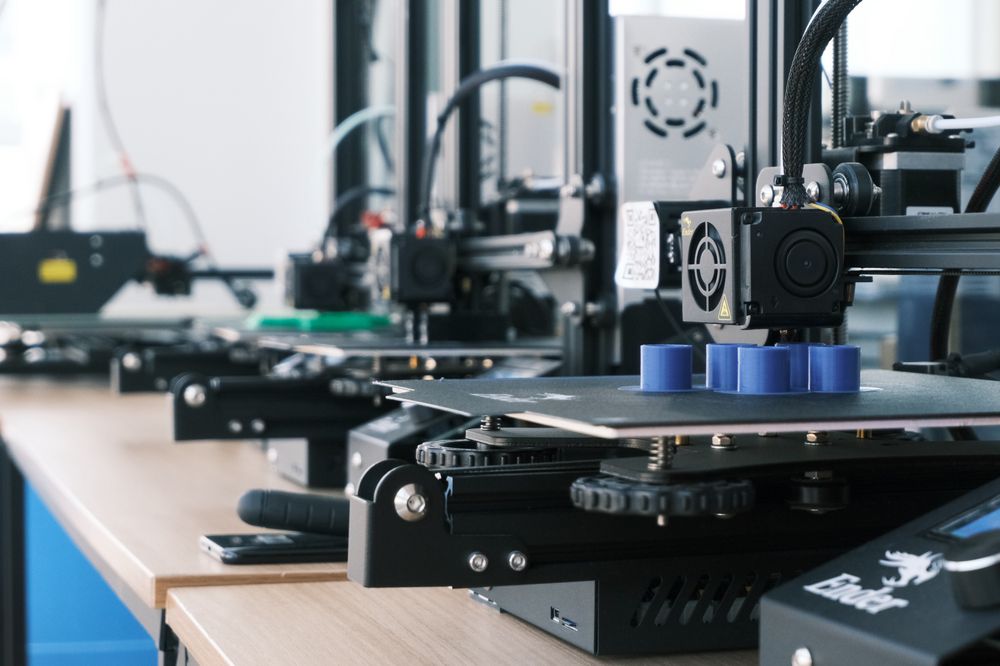How Does 3D Printing Work?
How to get started and where to learn more.

Introduction
3D printing has been used to create assistive devices, custom solutions, and even action figurines. If you have access to a maker space or university, you may have seen a 3D printer. And if you’re lucky enough, you may have seen an object being 3D printed, the little nozzle scurrying back and forth across the board. You can visibly see that it’s doing work. But how does it work?
How does this work?
The concept is simple. Imagine, for example, putting glue down on a piece of paper. You wait for it to dry, and you put more glue on top. Every time you put glue down, it gets a little bit taller. Just like that, the 3D printer prints in layers.
You begin by creating an object using CAD software. The 3D printer uses this file as a blueprint to create the object.
The Stuff Inside
The neat part about 3D printing is that you can actually use a variety of different plastic filaments. Some examples include:
- PLA — Biodegradable!! It’s manufactured using materials such as corn starch. Don’t plan on getting this wet, however.
- ABS — Not biodegradable but is one of the most used plastics. Take, for example, phone cases. It also releases toxic fumes during the 3D printing process, so you’ll need excellent ventilation.
- PET — Best if you plan on having it near food, as it is food-safe :)

The 3D printer melts the plastic filament, which is on a spool, kind of like thread. It then feeds it through the nozzle onto a tray. Soon after the filament touches the tray, it solidifies, allowing more layers to be added. Basically, it’s like that glue drying example. Just a lot faster.
How Do I Get Started?
You could check out my previous article, “How to get started with 3D Printing”, to learn the basics of how to 3D print. Plus, you’ll learn how to make cool assistive devices! Have fun with it!
